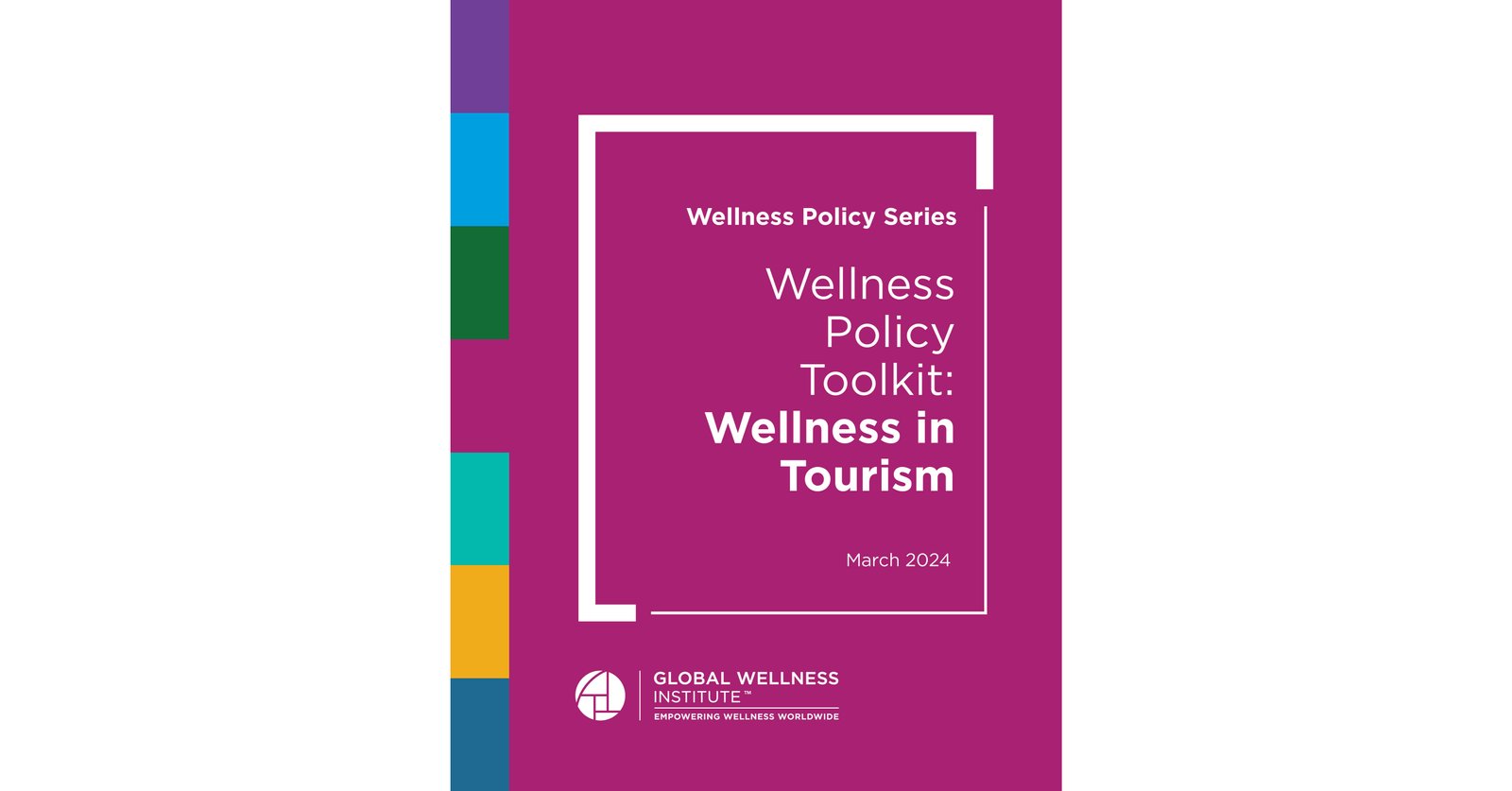As such, this toolkit does not rehash wellness tourism strategies focused on developing luxury spa resorts or attracting high-spending tourists. Rather, the aim is to integrate the concepts of wellness and tourism in the broadest possible sense and to present policy ideas that will help everyone. It outlines a number of strategies to improve the quality of places for tourists, make tourism more successful, and at the same time improve the well-being of both local residents and destinations. This report identifies six key barriers that currently prevent wellness tourism from delivering these wide-ranging health and well-being benefits, and identifies six areas of policy action that could address these issues. It is detailed.
“Wellness tourism does not exist in a vacuum, and wellness travelers cannot be confined to a bubble,” he said. Ophelia Yong, GWI Senior Researcher. “For those who want long-term success in wellness tourism, it makes sense to focus more on the health of the place: the local wellness infrastructure, the health of the people, and the destination.”
Download the full (free) report here.
Who is this toolkit intended for? It is designed to be useful to anyone interested in policy approaches that broadly integrate wellness into tourism, place-making, and community development. The strategies presented cut across wellness tourism, sustainable and responsible tourism, equitable wellness, quality of life, placemaking and ‘placekeeping’. These efforts should therefore be pursued by those working in hospitality and tourism, tourism promotion, destination management and economic development, or even those representing the welfare of workers and communities, the protection of cultural heritage and the environment. I can.
Six challenges facing wellness tourism and policy measures that can address them:
At the heart of this toolkit is identifying the key barriers that prevent wellness tourism from delivering a wide range of health and wellbeing benefits to local destinations, residents and visitors. The report then outlines a range of policy measures that can address each issue.
1) Problem: Many businesses, governments, communities and travelers have a very narrow understanding of wellness tourism and its potential.
Policy measures to expand the scope and impact of wellness tourism.
2) The problem: Wellness tourism offerings are often siled and disconnected from local consumers, businesses, and communities.
Policy measures to integrate regional and wellness tourism economies.
3) Problem: Those who strive to improve the health of others are not themselves healthy.
Policy measures to improve the health status of tourism workers.
4) Problem: Destinations and local communities are often collateral to the tourism economy, including wellness tourism.
Policy measures to incorporate equity and sustainability into the development and management of wellness tourism.
5) Problem: The wellness field is evolving rapidly, making it difficult for governments and policies to keep up.
Policy measures that leverage the latest wellness market knowledge and regulations to support wellness tourism.
6) Problem: Technology is pervasive in tourism, but it does not necessarily improve the health or experience of tourists.
Policy measures to ensure technology enhances traveler well-being.
New dataset on Wellness Tourism market:
To illustrate this opportunity, GWI today also released the first-ever time series dataset on the wellness tourism market: 2012 to 2022 and forecast to 2027. Compiling 15 years of data, this document clearly demonstrates the explosive growth of wellness tourism and how it is a powerful and enduring travel trend that continues to reshape the tourism industry.
This dataset provides a clear historical view of the growth of global wellness tourism revenues. $439 billion in 2012 $651 billion It is expected to increase by 2022 and more than double by 2027. $1.4 trillion. The report focuses on the increase in wellness travel around the world, from 524 million in 2012 to 819 million in 2022 and by 2027. It is expected that the number will reach 1.63 trillion. The growth rate of wellness travel is compared to the growth rate of overall tourism. Before the pandemic, and during the pandemic, this shows that wellness tourism is becoming an ever-increasing share of all tourism. It is expected to grow from 5.8% in 2012 to 7.75% in 2022 and reach 8.3% by 2027. Finally, we show the evolution of the spending premium of domestic and international wellness travelers over the past decade.
Access new datasets and graphs here.
Register to watch today’s GWI Masterclass on Wellness Tourism. In this class, the report authors will uncover key insights from their toolkit and provide new analysis of the market.
About Global Wellness Institute: Global Wellness Institute (GWI) is a 501(c)(3) nonprofit organization and is considered the leading global research and education resource for the global wellness industry, with research and Known for introducing events. Gather leaders to envision the future. GWI is making a positive difference in global health and wellness by educating public institutions, businesses, and individuals on how they can work to prevent disease, reduce stress, and improve overall quality of life. influence. Its mission is to empower wellness around the world.
media contact
beth mcgrottyGlobal Wellness Institute, 2133000107, [email protected]http://www.globalwellnessinstitute.org/
Source Global Wellness Institute


